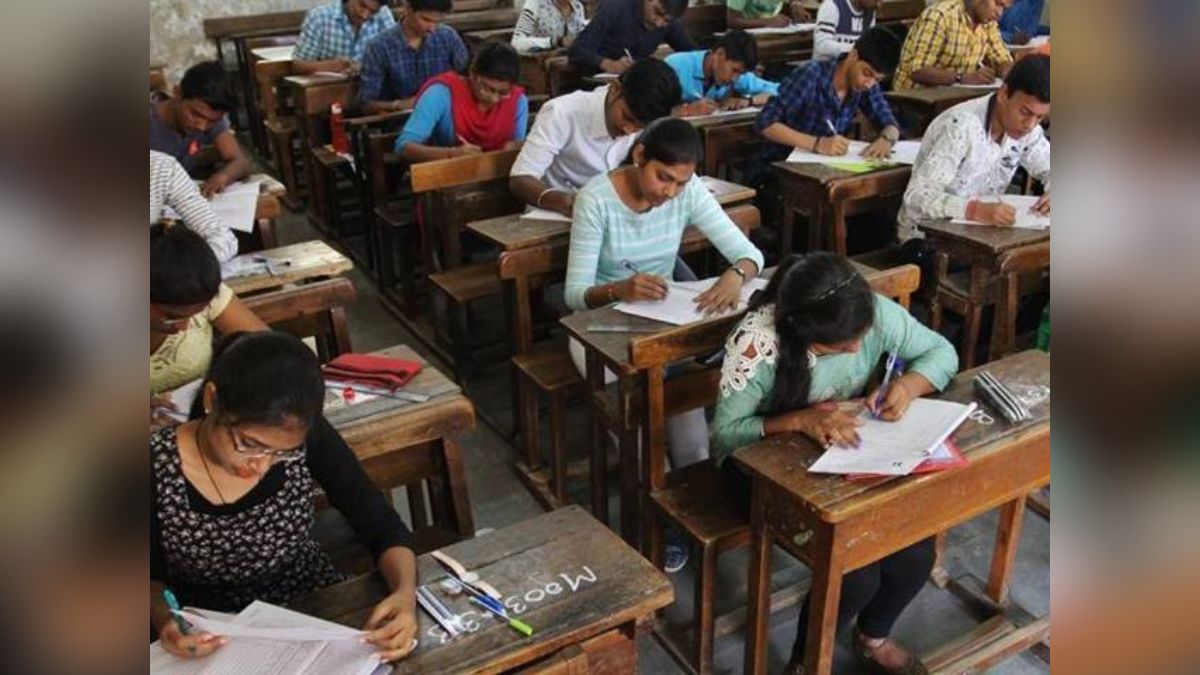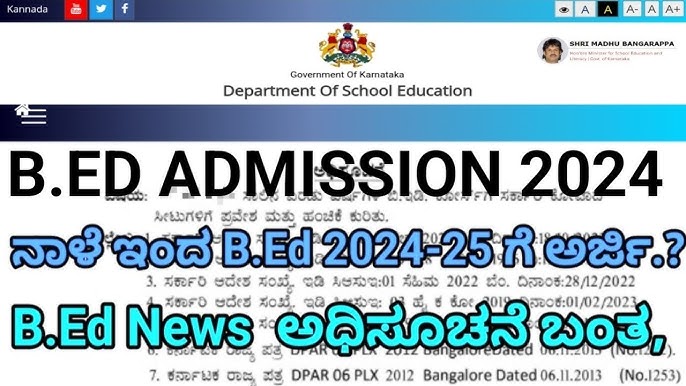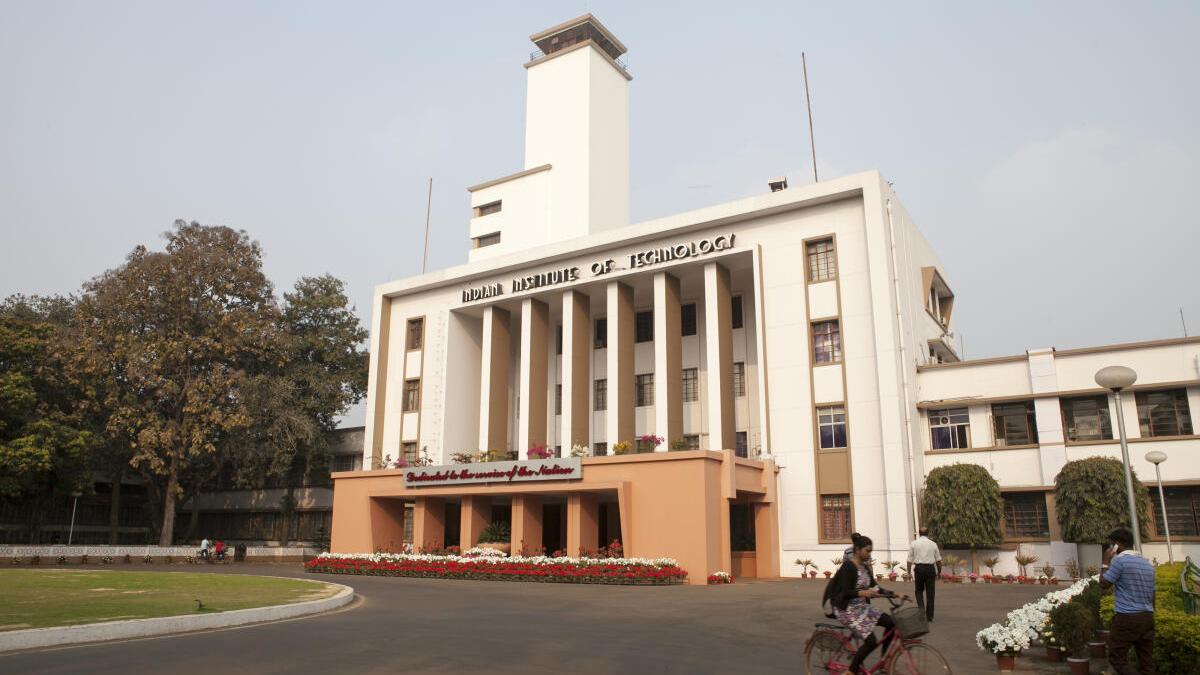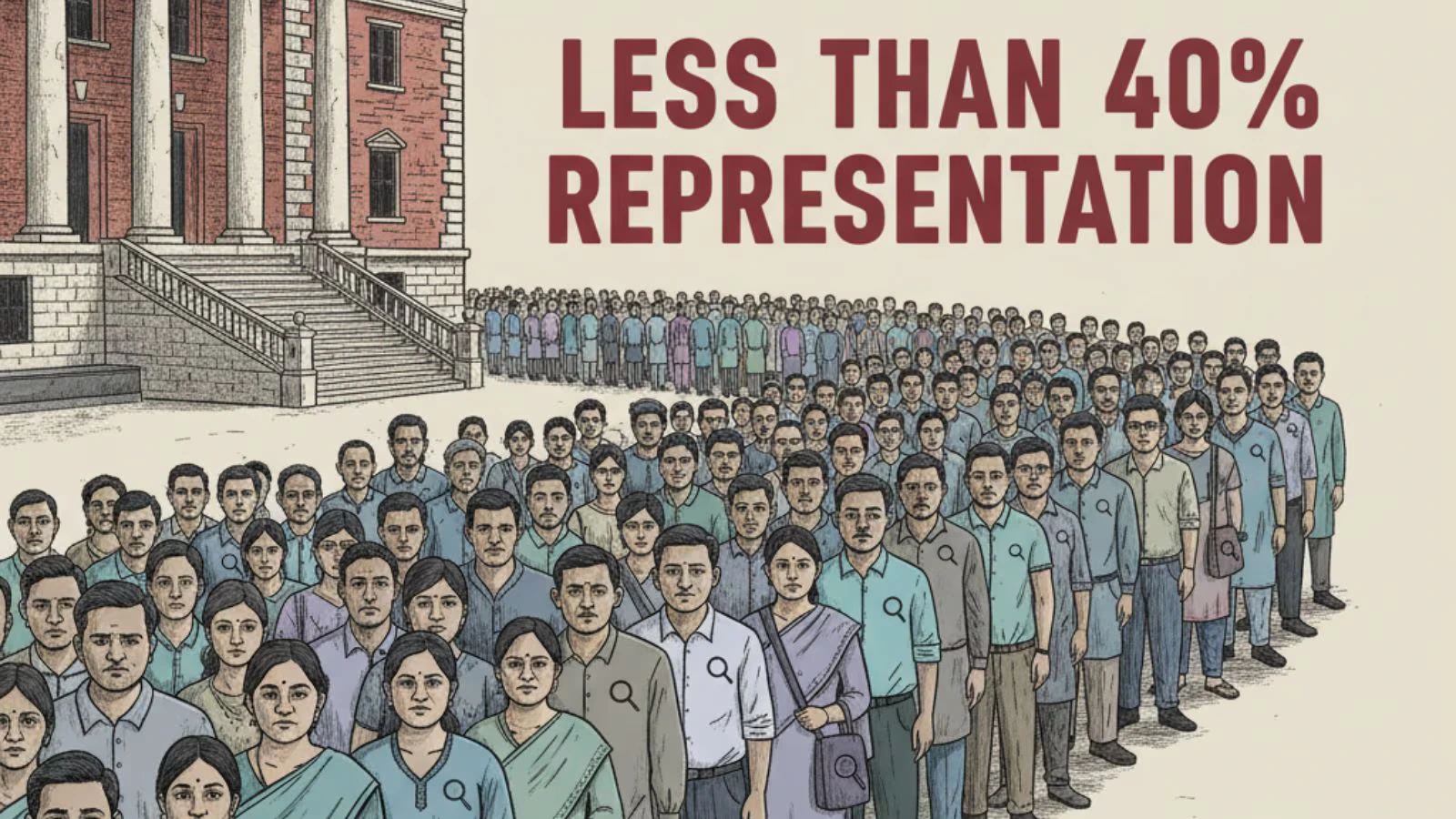Less than 40% women in UPSC Civil Services exams in a decade; transgender participation negligible
In a country where gender equality in education and public service is often emphasized, the statistics for the prestigious UPSC Civil Services Examination tell a sobering story. Over the decade from 2010 to 2021, women made up less than 40 % of candidates appearing for the exam, and the participation of transgender (third-gender) candidates remains almost negligible.
Women’s Participation: The Numbers
According to official data analysed from UPSC annual reports:
In 2021, women accounted for only 32.98 % of the candidates appearing in the Prelims.
Earlier in the decade, the numbers were much lower — e.g., in 2010, only approximately 23.40 % of candidates were women.
Despite a rising trend in participation, women’s representation in the final list has remained significantly lower — in 2021, only 15.66 % of the successful candidates were women.
Transgender Participation: An Almost Invisible Presence
The data for transgender aspirants is sparse and illustrates the scale of exclusion:
In 2021, 19 transgender persons applied for the exam, only four appeared, and none cleared to the final list.
The participation rate of transgender candidates has been below 0.001 % for many years.
Why the Gap?
Several structural, social, and institutional factors contribute to this disparity:
Socio-cultural barriers: For many women aspirants, early marriage, family expectations, and limited mobility challenge long years of competitive preparation.
Access to resources: Coaching, relocation, and extensive preparation time often imply significant investment—women may have less access to these resources.
Institutional inclusion: While the form now permits a “third gender” category, actual representation remains extremely low, pointing to deeper barriers of access, support, and systemic inclusion.
Signs of Progress
Despite the challenges:
The share of women recommended for services has improved. For example, in the 2022 results, women made up around one-third of selected candidates.
Awareness around the inclusion of transgender persons has grown, although the numbers remain minute.
The Road Ahead
For meaningful change, the following are crucial:
Strengthening pre-examination support systems for women and transgender aspirants (scholarships, mentorship, access to study material)
Improving institutional inclusivity so that transgender candidates are not merely eligible but fully supported through all stages
Changing social mindsets and norms that limit aspirational mobility, especially for women and gender minorities
Publishing more transparent, disaggregated data each year so that progress (or lack thereof) can be tracked
Conclusion
The UPSC Civil Services Examination remains a gateway to public leadership in India. While women’s participation has improved over the decade, the fact that less than 40 % of candidates are women—and that transgender participation is almost non-existent—is a clear indication of persistent gaps. Greater effort is needed to ensure that aspiration, access, and opportunity are available to all, irrespective of gender identity.
If you like, I can pull together a full data chart (year-wise for 2010-2021) of women and transgender participation in UPSC exams (Prelims, Mains, final selection) and send it as a downloadable PDF. Would you like me to do that?
You May Also Like

📅 NIOS 10th & 12th Revised Exam Dates (2025)
📅 NIOS 10th & 12th Revised Exam Dates (2025)The theory exams for some Class 10 & 12 pa...

Bachelor of Education (B.Ed) Program in Karnataka...
🎓 What is the B.Ed. Program?The B.Ed (Bachelor of Education) is a two-year professional degree...

Explained: Why Indian HEIs such as IITs fell in QS...
Several top-tier Indian institutions, particularly the premier IITs, experienced substantial ra...



